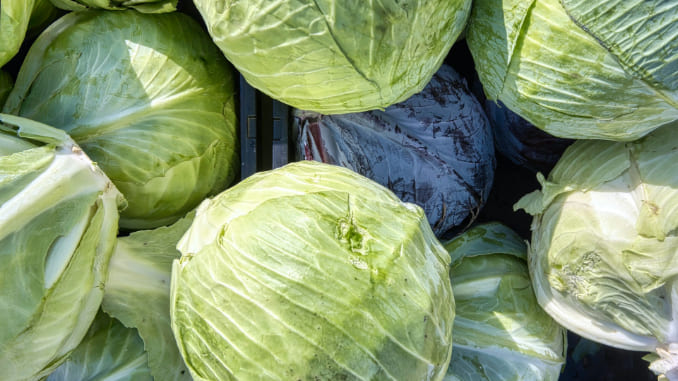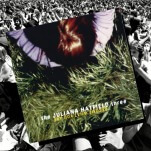Cabbage Isn’t Just For Winter
Photo by Eric Prouzet/Unsplash
The transition from winter to warmer weather in the Northeast is glorious. As soon as the first warm day of the year arrives, shorts-clad families congregate at parks, girls in breezy dresses walk their dogs past blooming flowers, restaurant patios on city streets explode with bustling activity. These first warm days of the year signal that fresh summer produce—cherries, blueberries, tomatoes—will soon appear at farmers’ markets, plumper and more fragrant than the year-round varieties you can find at the grocery store.
But as soon as those jewel-toned fruits and veggies start to hit the market stands, we forget about the vegetables that got us through the winter, that we braised for the holidays and added to soups on dreary February afternoons. The cabbage, king of the cruciferous vegetables, often falls by the wayside in favor of fresh green lettuce when the weather starts getting warmer. Sure, cabbage is a staple in the winter months, but it can also be grown as a summer vegetable. And if you’re a fan of cheap, healthy, flavorful foods, then it’s one of the best things you can eat—both in the depths of winter and on the hottest day of the year.
While many of us think of cabbage as a dish that has to be cooked before it can be consumed, that’s not the case at all. Cabbage can be at its most delicious when it’s eaten fresh, raw and shaved into salads. Coleslaw, of course, is a great example, but don’t assume that you need to douse your raw cabbage in mayonnaise to make it palatable; it’s beautiful with lighter, olive-oil based dressings, and it can even be consumed all on its own without dressing if you really want to capitalize on the veggie’s signature crunch and bitter flavor.
-

-

-

-

-

-

-

-

-

-

-

-

-

-

-

-

-

-

-

-

-

-

-

-

-

-

-

-

-

-

-

-

-

-

-

-

-

-

-

-








































